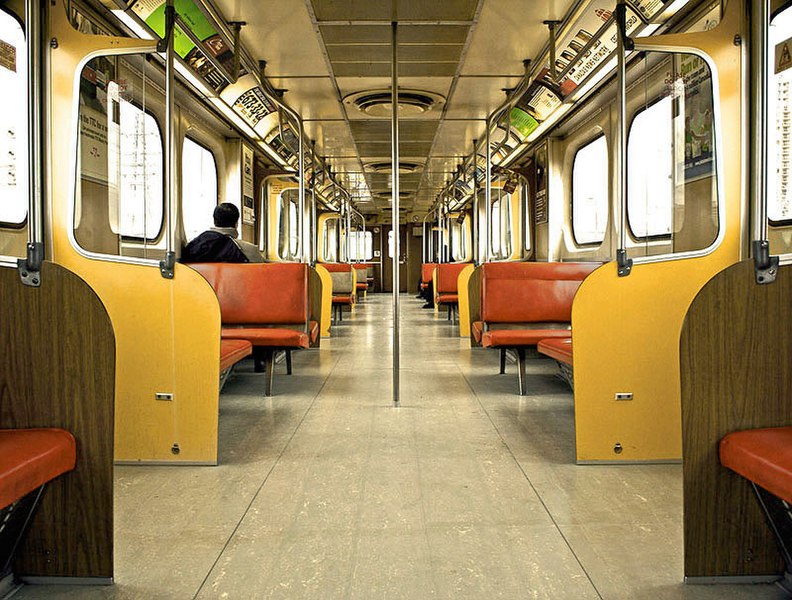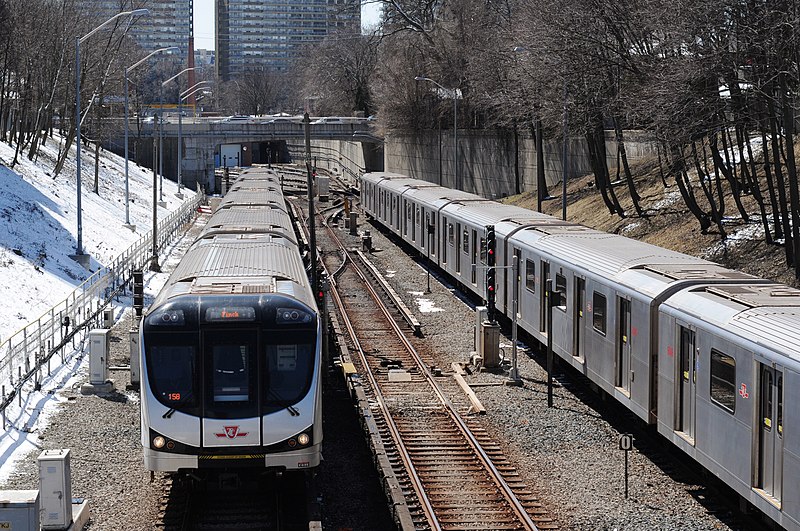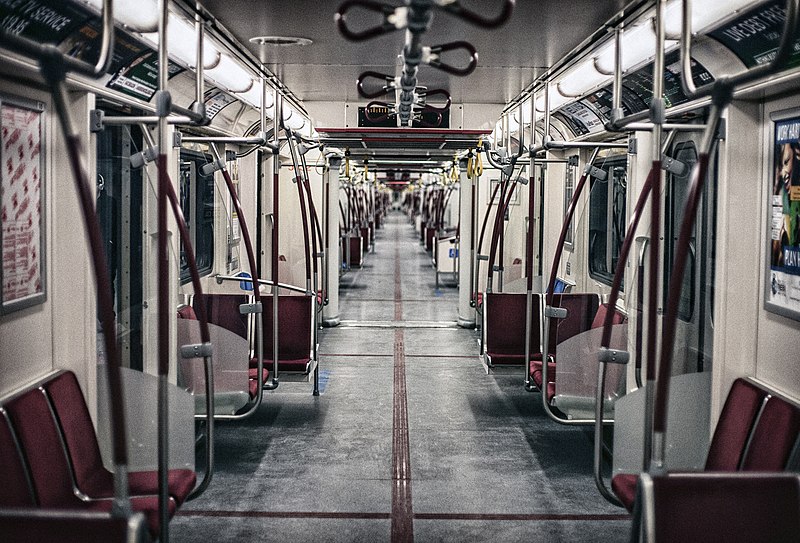7481 Woodbine Ave #203, Markham, ON L3R 2W1 (647) 806-8188
Copyright © 2021 CondoTrend. All rights reserved.

In addition to being user-friendly, it was described as being speedy, creative, and functional. Yonge Street in Toronto was the very first subway line ever built in Canada. It was constructed between 1949 and 1954 by the publicly owned TTC (now known as the Toronto Transit Commission). It marked the beginning of Toronto’s postwar efforts to satisfy its economic and future obligations. Between Bloor Street and Eglinton Avenue, there has been an explosion of new residential and commercial construction in the core and downtown sections of Toronto. As a result, the subway has been an indispensable component in the growth of modern Toronto.
Photographers for Canada Pictures Limited photographed the whole building process, from the placement of the first pile through the installation of the first subway vehicle on the track. The images may be seen in the gallery that follows. The artwork displays street-level and underground construction, in addition to street-level and underground construction, heavy machinery, and human effort. It also portrays the streets and traffic of the downtown area before and during construction. In addition to the brand-new subway trains, it was also reported that all Toronto subway stations and tunnels had been completed. On special expeditions, Sir Rupert Alexander, the Governor General of Canada, as well as engineers from throughout the world, participated. Series 381 of the Yonge Street Subway Construction Pictures consists of 2,400 photographs. The City of Toronto Archives, which can be reached through a different tab or window, have more TTC-related documents.
On September 8, 1949, hundreds of people gathered to see the launch of this huge public undertaking, which was live-streamed by Toronto-area radio stations. Ray Lawson, lieutenant governor of Ontario, pushed a lever on a platform built at the junction of Yonge Street and Wellington Street to connect the first vertical support beam. This was done in preparation for the 18-foot-deep hole drilling.

To assure the completion of the whole length of the line simultaneously, the structural construction was divided into seven parts and overseen by a total of four general contractors. These general contractors engaged a vast number of subcontractors to assist them in completing their projects. Thousands of city residents were engaged by the businesses that provided the Toronto Transit Commission (TTC) with stonework, insulated wire, tiles, switchboards, and a vast array of other commodities, including subway trains. Contributors included hard rock miners from Northern Ontario, whose knowledge of the subsurface was vital, as well as new immigrants from Europe with building skills. In 1954 dollars, the TTC estimated that the building of the subway would cost $50.5 million. The Queen Street subway was a never-realized pipe fantasy. Despite this, a second, more compact station was built under the Queen station in anticipation of the eventual arrival of the Queen metro.

This TTC station is one of two utilized for educational and promotional programs and events (the other being Bay station). The planned subway line in Toronto would extend from Union Station to Eglinton Avenue, the city’s outer ring road. This would link the city’s two most significant transit centers. Buses would travel along key east-west thoroughfares, such as Eglinton and St. Clair avenues, to connect the different neighbourhoods. It was intended for the subway to sometimes emerge from the surface as it neared the less densely populated and hence less costly neighborhoods north of Bloor Street. Twelve stations would be dispersed over a distance of 4.6 miles (7.4 km). Transportation specialists Norman D. Wilson and DeLeuw, Cather & Company also thought of a tunnel going east to west along Queen Street, but the idea was never completed.
To prevent passengers from having to descend an excessive distance below ground to use the subway, the station’s depth was designed properly. It was conceivable to construct a subway for less money by making it shallower as opposed to deeper. Since 1910, several individuals have proposed the construction of a subway system, but each time it has been judged impractical owing to the large expenditures required. Despite this, the plan to construct a subway was approved in a municipal election held on January 1, 1946. The winning margin was more than ten to one. Before construction was ultimately allowed to begin on September 8, 1949, a large amount of time was spent on design and the search for qualified laborers.
7481 Woodbine Ave #203, Markham, ON L3R 2W1 (647) 806-8188